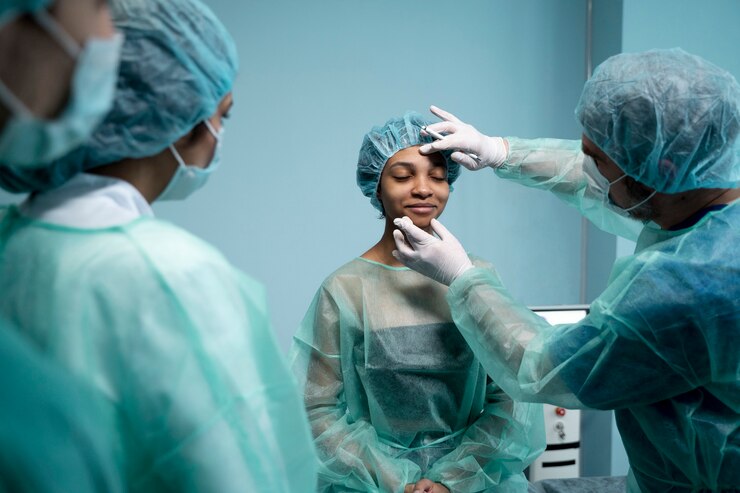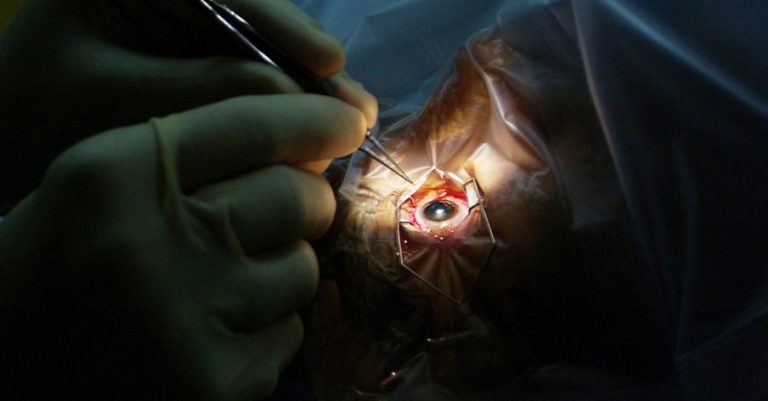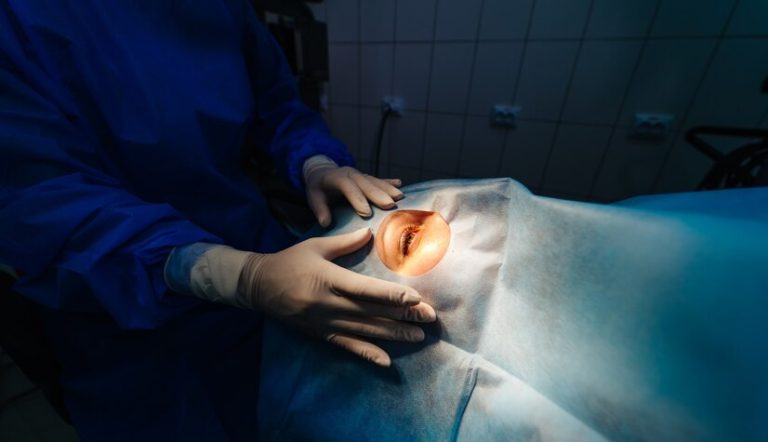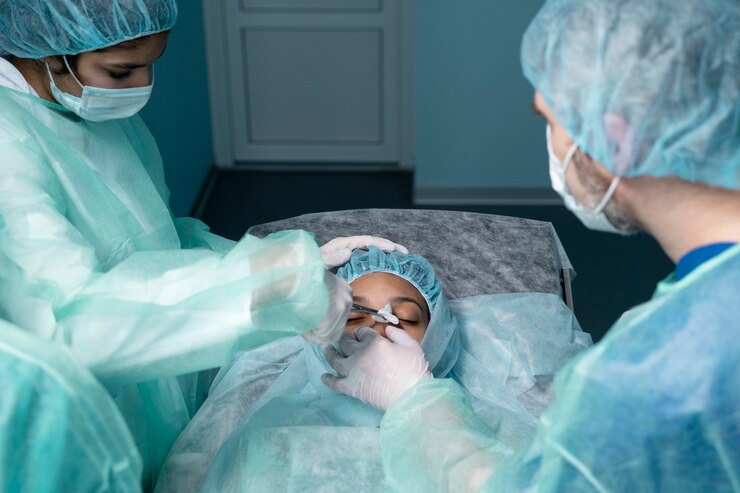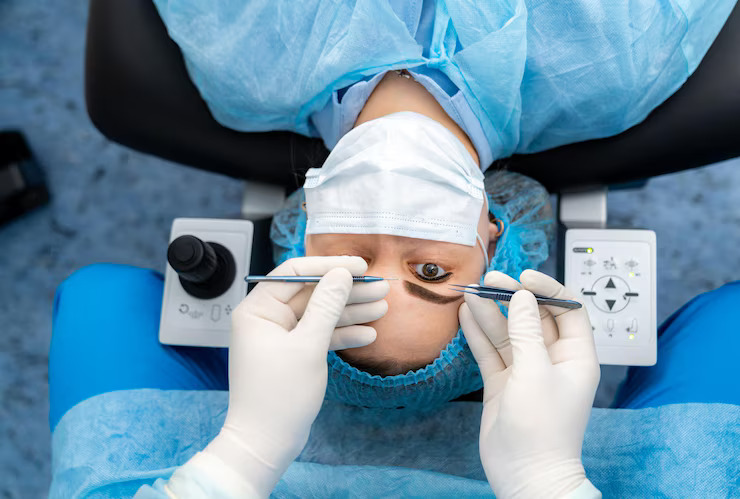Advances In Eye Surgery Repair: Innovative Techniques And Technologies
The field of eye surgery repair has witnessed remarkable advancements in recent years, driven by innovative techniques and state-of-the-art technologies. From corneal transplantation to retinal detachment repair, these developments have revolutionized the management of ocular conditions, offering improved outcomes and enhanced quality of life for patients. In this article, we explore some of the groundbreaking techniques and technologies shaping the future of eye surgery repair.
Corneal Transplantation: Beyond Penetrating Keratoplasty
Corneal transplantation has long been a mainstay of eye surgery repair for conditions such as corneal scarring, keratoconus, and endothelial dysfunction. However, traditional techniques such as penetrating keratoplasty (PK) have limitations, including prolonged visual recovery and risk of graft rejection.
Descemet’s Stripping Endothelial Keratoplasty (DSEK) and Descemet’s Membrane Endothelial Keratoplasty (DMEK): These minimally invasive techniques involve selective replacement of the corneal endothelium and Descemet’s membrane, resulting in faster visual rehabilitation and reduced risk of rejection compared to PK.
Femtosecond Laser-Assisted Corneal Transplantation: Femtosecond laser technology allows for precise dissection and preparation of corneal grafts, improving graft-host apposition and postoperative outcomes in both PK and endothelial keratoplasty procedures.
Cataract Surgery: Advancements in Intraocular Lens Technology
Cataract surgery is one of the most commonly performed eye surgeries worldwide, with millions of procedures conducted each year. Recent advancements in intraocular lens (IOL) technology have expanded treatment options and improved visual outcomes for patients.
Premium IOLs: Premium IOLs, including multifocal, extended depth of focus (EDOF), and toric lenses, offer enhanced visual acuity and reduced dependency on glasses following cataract surgery. These advanced IOLs provide greater flexibility in addressing patients’ individual visual needs and lifestyle preferences.
Customized Biometry and IOL Calculation: Advances in biometry and IOL calculation formulas, such as optical coherence tomography (OCT)-based biometry and artificial intelligence (AI)-assisted calculations, enable more accurate prediction of postoperative refractive outcomes and better IOL selection for optimal visual correction.
Retinal Surgery: Microincisional Techniques and Drug Delivery Systems
Retinal surgery plays a crucial role in the management of conditions such as retinal detachment, macular degeneration, and diabetic retinopathy. Recent innovations in surgical techniques and drug delivery systems have transformed the approach to retinal surgery repair.
Microincisional Vitrectomy Surgery (MIVS): MIVS utilizes smaller gauge instruments and ports, resulting in reduced surgical trauma, faster recovery, and improved patient comfort compared to traditional vitrectomy techniques. MIVS is particularly beneficial for complex retinal procedures requiring precise maneuverability and visualization.
Intravitreal Drug Delivery Systems: Sustained-release drug delivery systems, such as intravitreal implants and drug-eluting devices, offer targeted and prolonged drug delivery to the retina, minimizing the need for frequent injections and optimizing therapeutic efficacy in conditions such as diabetic macular edema and retinal vein occlusion.
Glaucoma Surgery: Minimally Invasive and Microinvasive Approaches
Glaucoma, a leading cause of irreversible blindness worldwide, requires timely intervention to preserve vision and prevent disease progression. Recent advancements in glaucoma surgery focus on minimally invasive and micro-invasive techniques aimed at reducing intraocular pressure (IOP) and improving surgical outcomes.
Minimally Invasive Glaucoma Surgery (MIGS): MIGS procedures, such as trabecular micro bypass stents, supraciliary micro stents, and endoscopic cyclophotocoagulation (ECP), offer a safe and effective means of lowering IOP with minimal tissue trauma and rapid recovery. MIGS can be performed as standalone procedures or in combination with cataract surgery, providing comprehensive management of both conditions.
Subconjunctival Microinvasive Glaucoma Surgery (MIGS): Subconjunctival MIGS devices, such as the Xen Gel Stent and InnFocus MicroShunt, create a controlled aqueous outflow pathway from the anterior chamber to the subconjunctival space, lowering IOP and reducing the need for topical medications in patients with moderate to advanced glaucoma.
Future Directions and Challenges
While recent advancements in eye surgery repair have significantly improved patient outcomes and expanded treatment options, several challenges remain on the horizon. These include optimizing surgical techniques for complex ocular conditions, addressing cost and accessibility barriers to innovative technologies, and ensuring the long-term safety and efficacy of novel interventions through rigorous clinical research and post-market surveillance.
In conclusion, the field of eye surgery repair is undergoing a period of rapid evolution, driven by pioneering techniques and transformative technologies. From corneal transplantation to retinal surgery and glaucoma management, these advancements hold the promise of enhanced visual outcomes, improved patient satisfaction, and a brighter future for individuals with ocular conditions. By embracing innovation, collaboration, and continuous learning, ophthalmologists and eye care professionals can continue to push the boundaries of what is possible in the realm of eye surgery repair.


